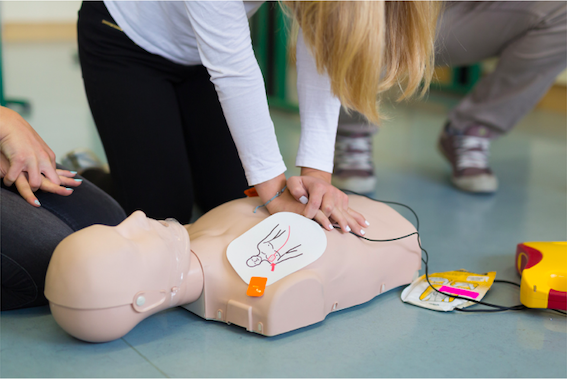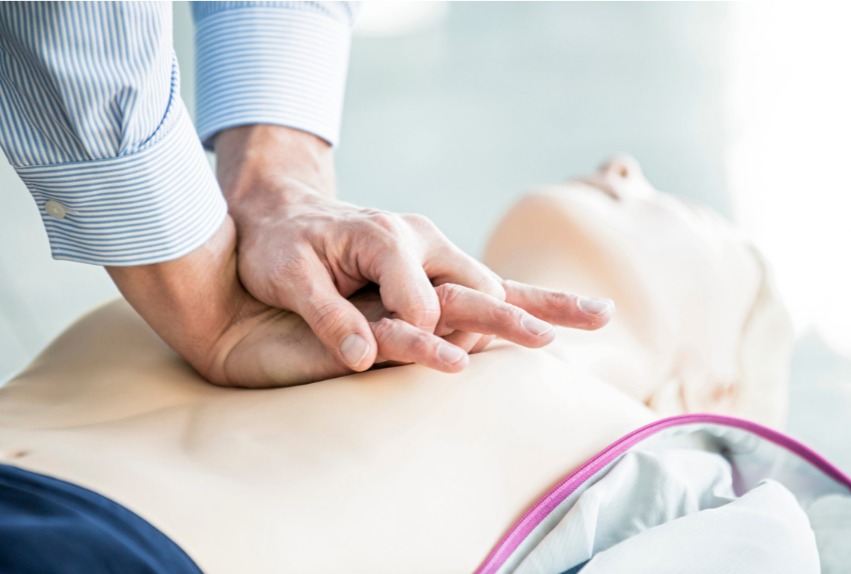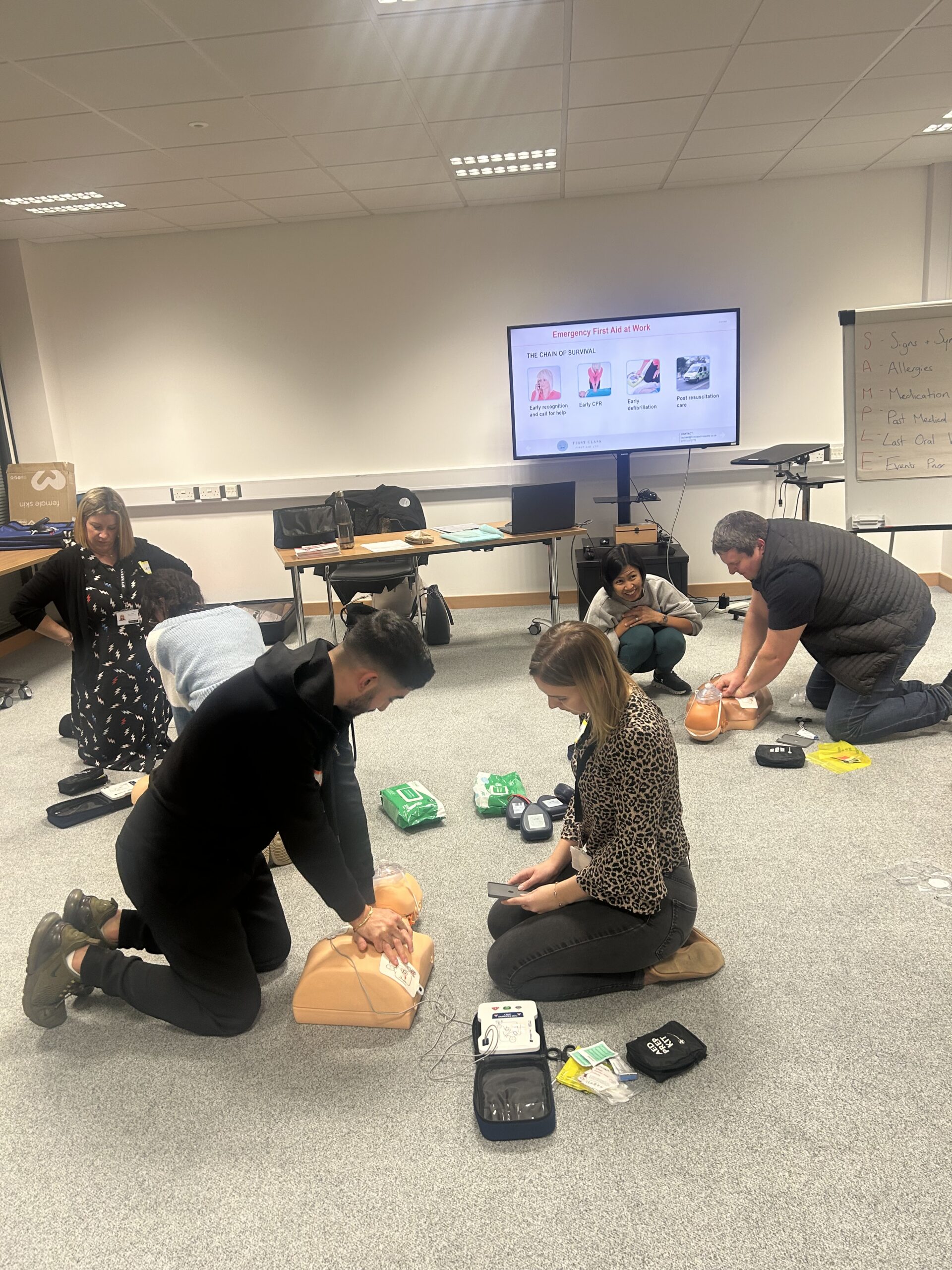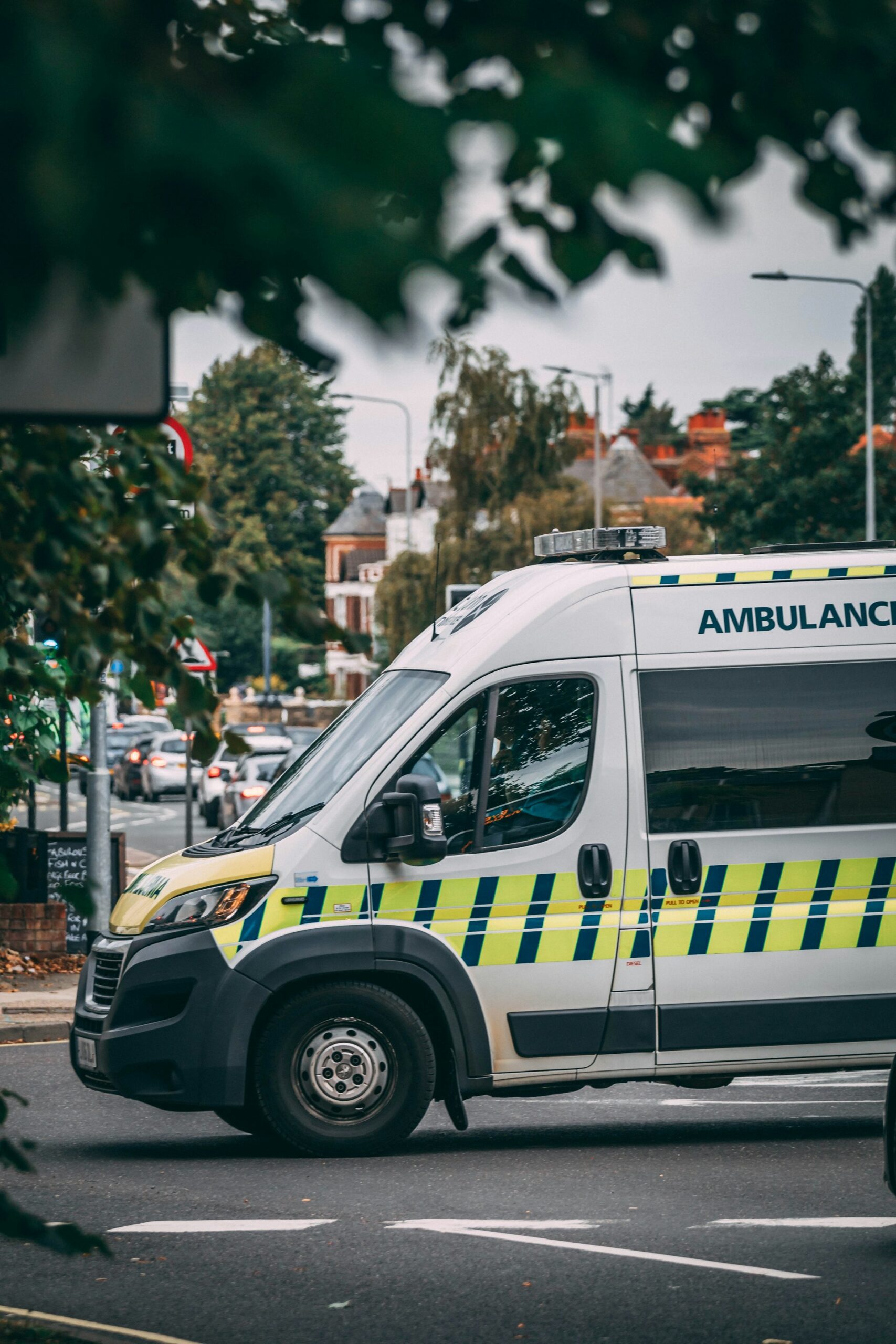Experiencing someone having a seizure can be a scary thing, even if you’ve seen one happen before. Feeling helpless can make things even worse, which is why it’s essential that we know how to respond to emergency events like this. Whether you know the person or they’re a stranger, having the right first aid skills to handle a seizure can make all the difference.
In this post, I’ll talk to you about seizure triggers, what to do when someone is having a seizure, and how to help them recover.
What can trigger a seizure?
Almost anyone can suffer from a seizure, but they’re most commonly seen in people who have epilepsy. Epilepsy is a neurological condition that causes abnormal electrical discharges in the brain. These discharges result in seizures, of which there are many types.
These are the most commonly reported seizure triggers for those with epilepsy:
- Missed epilepsy medicine doses
- Illness and fever
- Low blood sugar
- Dehydration
- Stress
- Fatigue
- Periods
- Alcohol
- Recreational drugs
- Smoking and vaping
- Flashing or flickering lights
For those without epilepsy, seizure triggers can be:
- Stress
- Low blood sugar
- Psychological issues
People with epilepsy won’t always be prepared for or able to avoid one of their triggers. People without epilepsy will likely have no way of knowing they’re about to have a seizure. This is why it’s so important to be trained in seizure first aid so that you’re ready to help at a moment’s notice.
How to help someone who is having a seizure
Follow these steps when faced with a person having a seizure.
1. Stay calm for the casualty, yourself, and others
The first thing you should do, as with all emergency medical situations, is to stay calm, despite it possibly being a scary thing to see. A level-headed and confident demeanor will help you stay on task and deliver the necessary help, and it will hopefully help anyone nearby stay calm too.
2. Don’t move them unless necessary
You should only attempt to move the casualty if they are in immediate danger, such as on a busy road or against a lit fireplace. If they can be made safe where they are, then do not move them. Remove anything nearby that could injure them if their limbs flail.
3. Cushion their head and loosen tight clothing
If you’re able to, cushion their head if they’re on the ground, and try to loosen anything that may be tight around their neck, like a shirt collar. This will help them breathe easier.
4. Stay with the casualty
During the seizure, speak to the casualty calmly and do not try to intervene unless absolutely necessary for their safety. Check for any medical jewellery if you’re able to safely, which could offer information on their type of epilepsy, specific instructions, and if they have emergency medication.
There is a chance that the casualty may wet themselves during a seizure. You can help protect their dignity by placing a blanket or other covering over their lower half and by asking bystanders to leave.
Time the seizure – if it lasts longer than 5 minutes or is unusual, call 999. If you know the casualty and the seizure is unusual or lasts longer than usual, call 999.
5. Move them into the recovery position
Once convulsions have stopped, turn them onto their side into the recovery position to help with breathing. Continue to talk to them calmly and do not leave them until they’re fully recovered. Some people will only need a short time to recover before they’re able to go back to what they were doing. Others, however, may need more time, and may even need to sleep afterwards.
Should you let someone sleep after a seizure?
Whether someone wants to sleep after a seizure will depend on the person and the seizure type. After tonic-clonic seizures, some people feel exhausted and may want to sleep. This is fine – once they are fully recovered, you can help move them somewhere safe to rest.
What not to do if someone is having a seizure
It is essential that you do not do the following when a person is having a seizure:
- Do not try to hold the person down or restrain them.
- Do not try to stop the person from convulsing.
- Do not move the person unless they are in danger.
- Do not leave them alone.
- Do not place anything between their teeth or in their mouth, including your fingers.
- Do not give the person any food or drink until they are fully recovered.
- Do not attempt CPR unless the seizure has stopped and the person has stopped breathing or has no pulse.
A seizure, though scary to witness, must run its course and pass. Stay present, stay calm, and support them through the fit and the recovery.
Learn how to help
If you’d like to learn the correct first aid for a seizure, then I can help. My name is Rachael, and I lead First Class First Aid, offering regulated first aid training throughout Norfolk. I can train you on how to respond in medical emergencies as a bystander, coworker, friend, or family member, equipping you with the skills and knowledge to offer help.
Take a look through my workplace first aid courses and my first aid courses for children. In these courses, I’ll show you how to respond to a seizure and how to care for your casualty, as well as other fundamental first aid skills that could help you save a life.
Call me on 01603 336329 or send me an email at rachael@firstclassfirstaidltd.co.uk for a friendly chat about how I can help.





